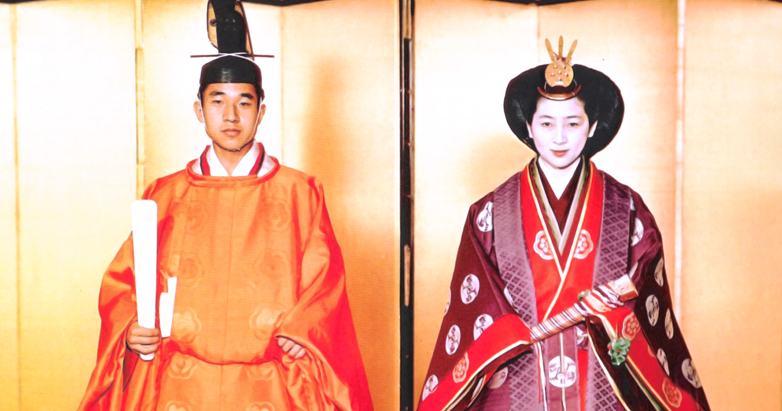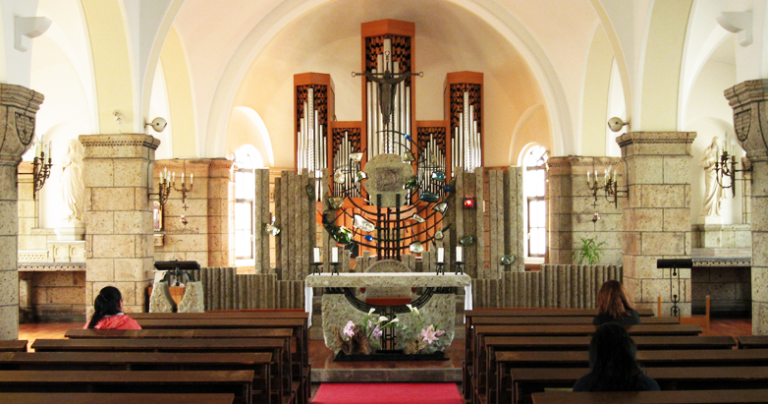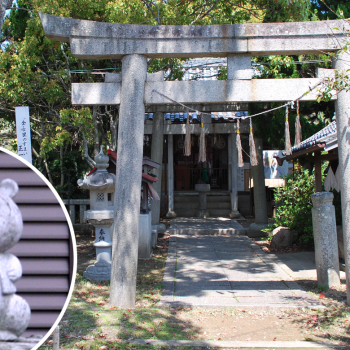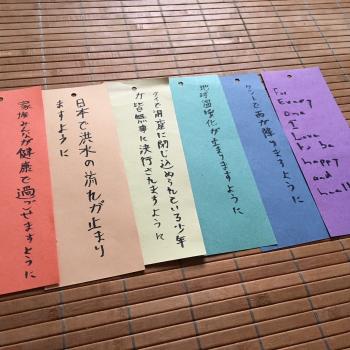Japan is a constitutionally secular state. Article 20 of Japan’s 1947 states, “Freedom of religion is guaranteed to all. No religious organization shall receive any privileges from the State, nor exercise any political authority.”
This makes a lot of sense, when you consider Japan’s history and the Shinto religion. No-one (apart from ultranationalists) wants to see a return of State Shinto and all the militarism that goes with it.
In general, Japan takes its secularism pretty seriously. That’s one reason why Shinto shrines need to place an emphasis on monetary donations – without state support, they struggle to survive without contributions from the community.
But there are a few times occasions when Japan’s secularism becomes the topic of national discussion. And with Emperor Akihito’s abdication and Crown Prince Naruhito’s accession coming up next year, now is one of those times.
Royalty & Religion

Similarly, Japan’s imperial family are principle figures in Shinto. Since ancient times, Japanese nobility have been closely linked with shamanism and links to the kami. Traditionally, the Emperor is believed to be descended from Amaterasu Ōmikami, the Sun Goddess and commonly regarded as the most important Shinto deity. Although the imperial family refuted this belief after World War II, the links between the imperial family and Shinto remain strong. Nowhere can this be seen more than at Ise Grand Shrine, the central shrine in Shinto. The chief priest or priestess of Ise Shrine must come from the Imperial House of Japan; the current high priestess is Emperor Akihito’s daughter. Entry to its inner sanctum is forbidden to all save members of the imperial family and select priests.
Imperial Accession: The Rite of Great Tasting
Similarly to the British monarch’s coronation, Japan’s imperial enthronement rites have long been surrounded by religion and mysticism. The current emperor Akihito’s final accession rite took place in 1990. This rite is known as the daijōsai (大嘗祭), or “Rite of Great Tasting,” and it is in this rite that the connection between the Emperor and the kami Amaterasu is affirmed. John Breen and Mark Teeuwen describe the ceremony in A New History of Shinto:
“On the night of November 22 the emperor, enveloped in the garment known as ame-no-hagoromo (‘the heavenly robe of feathers’), purified himself in the hot waters of the Kairyū Hall before proceeding to the Yuki Pavilion. He took chopsticks in his hands and offered rice and other fruits of the land and sea to the sun-goddess before partaking of them himself. He then repeated the procedure at the Suki Pavilion. He emerged at dawn the next day, his transformation from crown prince into emperor now complete.”
The performance of the rite caused controversy, not only because to many it reaffirmed the Emperor’s link to Amaterasu (after his father Hirohito had publicly renounced claims that he was a living kami in 1946), but also because it was funded by taxpayers. What’s more, it was attended by the heads of the three branches of government – legislative, executive and judicial. It was therefore seen as potentially unconstitutional, as it contradicted the provisions of Article 20 forbidding religious organisations receiving privilege from the state.
The Catholics Enter The Foray

This has once again opened up questions about Japan’s secularism. And this time, voices in defence of Article 20 come from a religious organisation: the Catholic church.
UCA News reported on March 2nd that Japan’s bishops have written to Prime Minister Shinzo Abe demanding strict observance of the constitutional separation of state-sponsored ceremonies and the imperial family’s private religious ones when it comes to the imperial abdication and accession rites in 2019. During their annual plenary session in Tokyo, the 16 bishops put forward a petition entitled “Request on separation of state and religion upon the emperors’ abdication and installation.”
“In the ceremonies for the emperors’ abdication and accession, [we hope the government] will strictly observe the principle of separation of state and religion prescribed by the Constitution of Japan and clarify the distinction between national acts and the imperial family’s private ritual events,” the bishops said.
They also said that the plans to hold religious rites for the accession “do not correspond to the principle of separation of state and religion provided by the Constitution of Japan,” and that “The Japanese government has a responsibility to never forget that unfortunate history and to not follow the same pattern.”
What I find fascinating about the bishops’ protest is that it demonstrates the power of secularism to protect the religious. In this particular case, the cries to protect Japan’s secular constitution are coming not from atheists, but from influential leaders of a minority religious group. I also find it ironic that while the Catholic church in the UK shows utter disdain for secularism through its lobbying for Catholic-only schools, in Japan (where its position is not as strong) it defends secularism with all the passion of a staunch atheist.
Freedom of religion is just as important as freedom from religion in secularism. As demonstrated by the Catholic church’s protest against the daijōsai, these two freedoms are often one and the same. Freedom from state-sponsored Shinto helps to protect the freedom of Catholics within Japanese society.
I am a Shintoist who has rejected my Catholic heritage. Yet on this matter, I agree with the Catholics. While I find the daijōsai fascinating, I do not think that Japanese taxpayers should pay for it. It should be privately funded in the same manner as other aspect of Shinto in Japan. And I only hope one day, we will see a similar attitude towards religion and state in my country too.
















